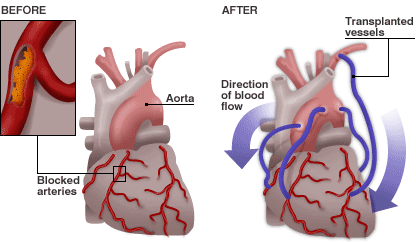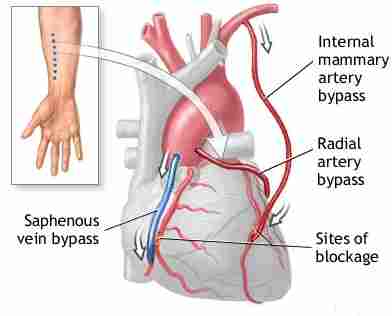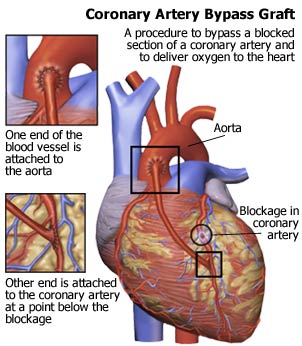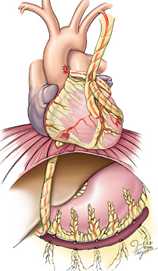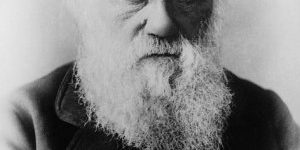Heart Bypass Surgery is the most common procedure and it is used to treat heart disease when coronary arteries are blocked. Coronary artery bypass graft surgery allows the blocked blood flow a new pathway to the heart.
During this surgery, also known as CABG or cabbage, a fully functional blood vessel (graft) is removed from one area of the body and inserted into the area which is blocked; in order to restore blood flow to the heart muscle.
These blood vessels can come from your chest, legs or arms, as there are other pathways that take blood to and from these tissues. You surgeon will decide which vessel(s) to use depending on the location of the blockage, the amount of blockage and the size of the coronary arteries. The type of bypass graft can be any of the following:
- Internal mammary arteries are the most common bypass graft used as they offer the best long-term results. In most patients these arteries can stay intact to their origin as they have their own blood supply which is rich in oxygen. During surgery the arteries are attached to the coronary artery just below the blockage.
- Saphenous veins are located in your leg and once removed are attached to the aorta and linked to the coronary artery just below the blockage. This method has minimal scarring and a fast recovery period.
- The Ulnar and Radial arteries are located within the lower part of the arm and most people can survive with adequate blood flow to their hand from the Ulnar artery alone. Careful test will determine if the Radial artery can be used as some patients that have certain conditions cannot opt for this type of surgery.
- The Gastroepiploic (located in the stomach) and Inferior Epigastric (located in the abdominal wall) arteries are not normally used for surgery as they can have the most complications.
Traditional Surgery
Coronary artery bypass graft surgery is commonly performed by traditional surgery. An incision which is about 6 to 8 inches will be made down the centre of the sternum so that direct access can be made to the heart. During surgery the patient is connected to a heart-lung bypass machine which ensures circulation of blood throughout the body, while the heart is stopped.
If you are considering private heart surgery in Essex, London or throughout the UK, a consultation with your surgeon is valuable time where questions can be answered.
By Sarah McDowell; a Search Consultant at providing Digital Marketing Services throughout the UK
